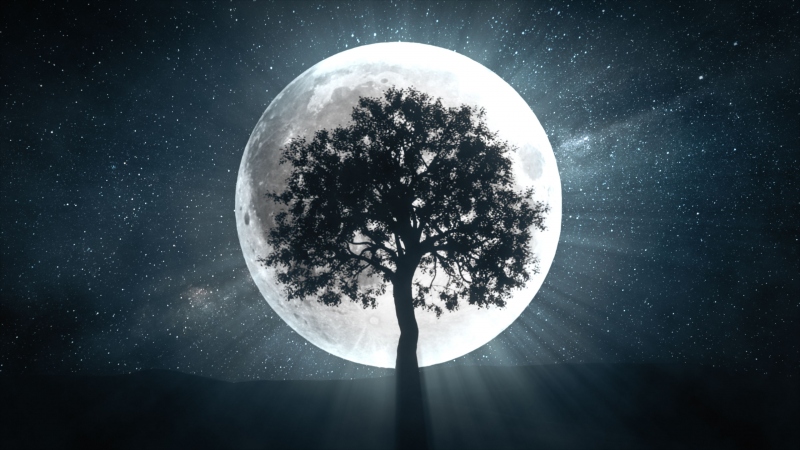It’s been 47 years since the last time a man stepped on the moon, and yet now a host of countries – from the US, to Russia and China – are racing to send astronauts back there, and set up base. But why is there a renewed drive to put humans back on the surface of the moon

Why is there a renewed drive to put humans back on thesurface of the moon. What’s there to go back for? And what are the practical,legal and ethical questions facing those who want to set up a base there – andpotentially start mining the moon.
WHO OWNS THE MOON
We find out that while no one country owns the moon – aprinciple set out in the OuterSpace Treaty of 1967 – the question of who owns the resources on themoon is more complicated.
Tanja Masson-Zwaan, an assistant professor of space lawat Leiden University in The Netherlands, explains that another internationalagreement, the MoonTreaty, which entered into force in 1984, has only been ratified by 18countries, and by none of the major space powers. The big sticking point is theprinciple that the moon and its natural resources are the “common heritage ofmankind” – the exact meaning of which is unclear.
Does it mean that everything that a company could have inprofits from exploiting resources in outer space has to be split among allcountries? What exactly it means is unclear and that is why many states don’tlike it and will not ratify it, says Masson-Zwaan adding that while a newinternational treaty is unlikely, a new set of guidelines are needed to governexploitation of the moon’s resources.
MOON MINING?
Part of the attraction of going back lies in what’s underthe moon’s dusty surface.
Katherine Joy, a Royal Society university research fellowat the University of Manchester in the UK, explains some of the elements thatcould potentially be found on the moon – from water and oxygen to Helium 3 –and what they could be used for.
Jo says, “The great question we have next is not so muchin terms of how can we go to mine the moon but first of all we need to understandthe potential resources and where they’re located, how they’re accessible andwe need to also develop the technology to be able to detect them and extractthem to make them into usable products.”
She further explains that she’d love to get her hands ona piece of water ice from the moon’s surface back in her lab – but that thismight not be so simple as no mission so far has plans to bring one backcryogenically.
But even if a country or company could overcome the manytechnical hurdles of mining on the moon, there’s no global police force able topunish those breaking any new rules.
Frans von der Dunk, professor of space law at theUniversity of Nebraska-Lincoln in the US was asked whether he could envisage aspace war breaking out and what it might look like.
It will probably start first on the level of a trade war… but that can already do a lot of damage to everyone around. But if thingsfurther escalate as we’ve seen in the past, economic wars can also thenescalate into real fighting and I can only say I hope that never happens, hesays.
He also discusses some of the other questions raised bymining on the moon – including whether it’s ethical that those who can affordto go and mine the moon do it, and those who can’t, don’t.
BUT, COULD WE ACTUALLY LIVE THERE?
And even if all these practical and legal challenges areovercome, what would it actually be like to live there?
Frédéric Marin, an astrophysicist at the University ofStrasbourg in France, explains just how inhospitable it would be to live in anenvironment with such low gravity, covered in abrasive dust.
And Rowena Christiansen, a medical educator and doctor atthe University of Melbourne in Australia, talks through some of the sideeffects that spending prolonged amounts of time in space can have on the humanbody.